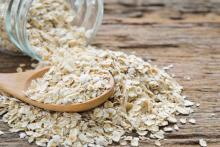Our Vision: University of Maryland is the preeminent Extension organization in the nation by providing the residents of Maryland with the highest quality of public service, distinguished educational programming, and cutting-edge research that addresses their needs.
Our Mission: To enhance the quality of life for people and communities by disseminating unbiased, research-based, educational information.
Who we are... Extension is a national partnership between the U.S. Department of Agriculture, state land-grant universities, and county government. In Maryland, Extension comprises the off-campus educational arm of the College of Agriculture and Natural Resources of the University of Maryland, College Park. As faculty members of the university, county Extension agents and educators teach residents research-based information concerning agriculture and natural resources, family and consumer sciences and 4-H youth development in their communities.
University of Maryland Extension has continued to provide science-based solutions for over 100 years and our goals have never wavered. We are passionate about building healthier families, homes, and communities, improving our agricultural production systems, instilling valuable life skills in our youth, and creating a sustainable environment and Chesapeake Bay.






 What is New...
What is New...